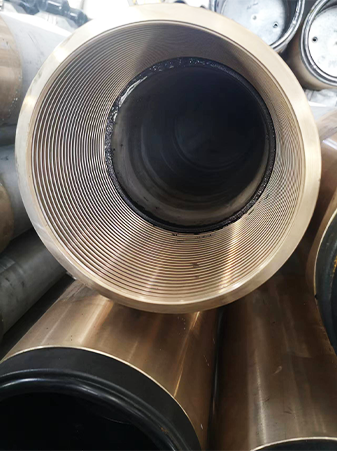- Afrikaans
- Albanian
- Amharic
- Arabic
- Armenian
- Azerbaijani
- Basque
- Belarusian
- Bengali
- Bosnian
- Bulgarian
- Catalan
- Cebuano
- Corsican
- Croatian
- Czech
- Danish
- Dutch
- English
- Esperanto
- Estonian
- Finnish
- French
- Frisian
- Galician
- Georgian
- German
- Greek
- Gujarati
- Haitian Creole
- hausa
- hawaiian
- Hebrew
- Hindi
- Miao
- Hungarian
- Icelandic
- igbo
- Indonesian
- irish
- Italian
- Japanese
- Javanese
- Kannada
- kazakh
- Khmer
- Rwandese
- Korean
- Kurdish
- Kyrgyz
- Lao
- Latin
- Latvian
- Lithuanian
- Luxembourgish
- Macedonian
- Malgashi
- Malay
- Malayalam
- Maltese
- Maori
- Marathi
- Mongolian
- Myanmar
- Nepali
- Norwegian
- Norwegian
- Occitan
- Pashto
- Persian
- Polish
- Portuguese
- Punjabi
- Romanian
- Russian
- Samoan
- Scottish Gaelic
- Serbian
- Sesotho
- Shona
- Sindhi
- Sinhala
- Slovak
- Slovenian
- Somali
- Spanish
- Sundanese
- Swahili
- Swedish
- Tagalog
- Tajik
- Tamil
- Tatar
- Telugu
- Thai
- Turkish
- Turkmen
- Ukrainian
- Urdu
- Uighur
- Uzbek
- Vietnamese
- Welsh
- Bantu
- Yiddish
- Yoruba
- Zulu
Advanced Pup Joint Drilling Solutions | Enhance Your Drilling Efficiency
The Role of Pup Joint Drilling in Oil and Gas Operations
Pup joints are an essential component of the drilling process in the oil and gas industry. These short sections of pipe, typically ranging from 2 to 10 feet in length, serve a critical role in ensuring the efficiency and effectiveness of drilling operations. In this article, we will explore the significance of pup joints, their applications in drilling, and the advantages they offer.
The Role of Pup Joint Drilling in Oil and Gas Operations
One of the key applications of pup joints is in the weight-on-bit (WOB) calculations. By adding or removing pup joints, operators can control the weight exerted on the drill bit, which directly impacts its performance and longevity. Properly managing the WOB ensures that the bit maintains optimal cutting efficiency while preventing excessive wear and tear or the risk of bit failure. This is particularly important in formations that are hard or unstable, where precise control can mean the difference between a successful drilling operation and costly delays.
pup joint drilling

Moreover, pup joints are instrumental in minimizing hydraulic losses. In drilling operations, maintaining adequate fluid circulation is vital for cooling the drill bit and removing cuttings from the borehole. By utilizing pup joints to adjust the drill string design, operators can enhance the flow of drilling mud, thereby improving circulation efficiency. This not only increases the rate of penetration but also extends the overall life of the drilling equipment.
Another advantage of pup joints is their easy installation and removal. When drilling conditions change, operators can quickly adapt the drilling assembly without extensive downtime, which is critical in maintaining productivity and meeting project timelines. Given the high costs associated with drilling operations, every minute saved can lead to significant financial benefits.
In conclusion, pup joint drilling plays a pivotal role in the success of oil and gas exploration and production. Their unique ability to provide flexibility in drilling operations, manage weight-on-bit effectively, minimize hydraulic losses, and facilitate rapid adjustments makes them invaluable tools in the industry. As technological advancements continue to evolve, the role of pup joints and their integration into drilling practices will likely remain a fundamental aspect of optimizing drilling efficiency and overall operational success.
-
Tubing Pup Joints: Essential Components for Oil and Gas OperationsNewsJul.10,2025
-
Pup Joints: Essential Components for Reliable Drilling OperationsNewsJul.10,2025
-
Pipe Couplings: Connecting Your World EfficientlyNewsJul.10,2025
-
Mastering Oilfield Operations with Quality Tubing and CasingNewsJul.10,2025
-
High-Quality Casing Couplings for Every NeedNewsJul.10,2025
-
Boost Your Drilling Efficiency with Premium Crossover Tools & Seating NipplesNewsJul.10,2025







